For kayakers on multi-day adventures, a good night’s sleep in your kayak is crucial for staying refreshed.
It’s about finding the right position, using padding, and shielding from the elements. Picking calm camp spots and using custom cushions and sleeping bags can make the compact space comfortable.
This guide delves into pro tips and effective techniques for a restful sleep in your kayak. Learn about specialized gear and setup strategies for a peaceful night surrounded by nature.”
Can you Sleep in Kayak?
Yes, you can sleep in a kayak comfortably with proper positioning, padding, and protection from the elements, maximizing space and comfort. Let’s delve into more details.
Physical Constraints:
- Space crunch: Most kayaks aren’t built for sprawling out. Expect a cozy, curled-up sleep unless you have a touring or sit-on-top model with ample legroom.
- Uneven surface: Kayaks aren’t as flat as a bed! Prepare for bumps and readjustments through the night.
Safety Considerations:
- Weather woes: Choppy water and sudden storms can turn your tranquil haven into a turbulent nightmare. Choose sheltered coves and prioritize calm weather forecasts.
- Anchoring anxiety: Securely anchoring your kayak is crucial. Drifting away while asleep is not the adventure you’re looking for!
Kayak Comparison:
- Sea kayaks: Stable and spacious, offering good weather protection and storage for camping gear. Ideal for experienced paddlers comfortable with navigating larger bodies of water.
- Touring kayaks: Wider than recreational models, providing increased legroom and storage. A good balance of comfort and portability for calmer overnight trips.
- Sit-on-top kayaks: Easiest to enter and exit, offering more open space for stretching out. However, they tend to be less stable and less weather-resistant than enclosed kayaks.
Remember: Sleeping in a kayak requires careful planning, proper gear, and choosing the right watercraft for your skill level and adventure.
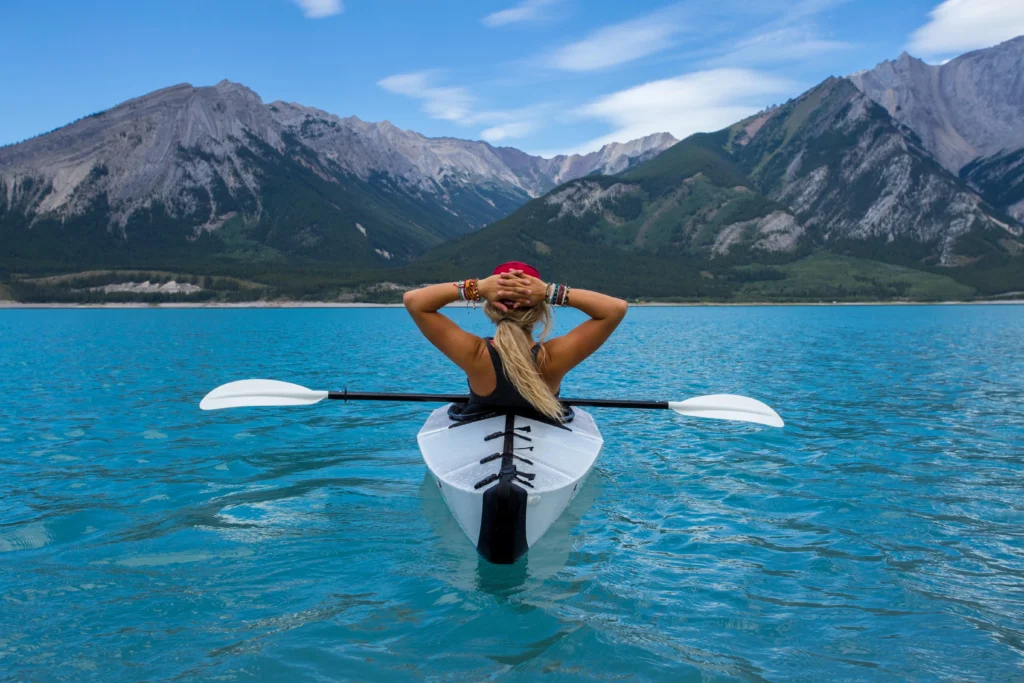
Essential Gear for Kayak Sleeping
For kayak sleeping, choosing the right gear is crucial. Opt for compact, lightweight, and waterproof sleeping equipment.
This includes:
- Sleeping bag: Choose a mummy-style bag rated for cold temperatures to combat chilly nights on the water. Look for waterproof or water-resistant options for unexpected splashes.
- Inflatable mattress: Ditch the bulky mats and opt for an inflatable one that conforms to the kayak’s curves. Pack a repair kit, just in case!
- Camp pillow: A compact, waterproof pillow adds a touch of homey comfort for a restful sleep.
And to ensure a peaceful snooze, prioritize stability:
- Anchoring system: Invest in a reliable anchoring system to prevent your kayak from drifting while you dream. Double-check lines and knots before settling in.
- Paddles as outriggers: Pro tip! Secure your spare paddles across the hull to create makeshift outriggers, adding extra stability, especially in calm conditions.
So, pack smart, paddle safe, and enjoy the serene magic of sleeping on the water!
Setting Up for Sleep: Techniques and Tips
Setting up your kayak for sleep requires careful planning.
- First, anchor your kayak securely to avoid drifting.
- Next, lay a compact, foldable pad inside for insulation and cushioning.
- If space allows, use a small inflatable pillow for neck support. Arrange your lightweight sleeping bag in a way that allows easy entry and exit.
- For added comfort, position any extra gear around the kayak’s edges to create more central sleeping space.
- Remember, the key is to maximize the limited area without compromising safety. Keep essentials like water within reach.
By following these steps, you can transform your kayak into a cozy, snug sleeping spot, even in confined quarters.
Selecting the Right Location
Choosing the right location for kayak sleeping is vital. Look for calm, sheltered areas, such as bays or inlets, to minimize risks from wind and waves.
Avoid busy waterways to ensure a peaceful environment. When considering wildlife, stay informed about local fauna. Be cautious of areas known for alligators, bears, or other potentially dangerous animals.
Also, be aware of legal restrictions. Some regions have specific rules about overnight stays on water bodies.
Always check local regulations to avoid legal issues. By selecting a spot that’s both safe and legal, you can enjoy a tranquil night’s sleep in your kayak.
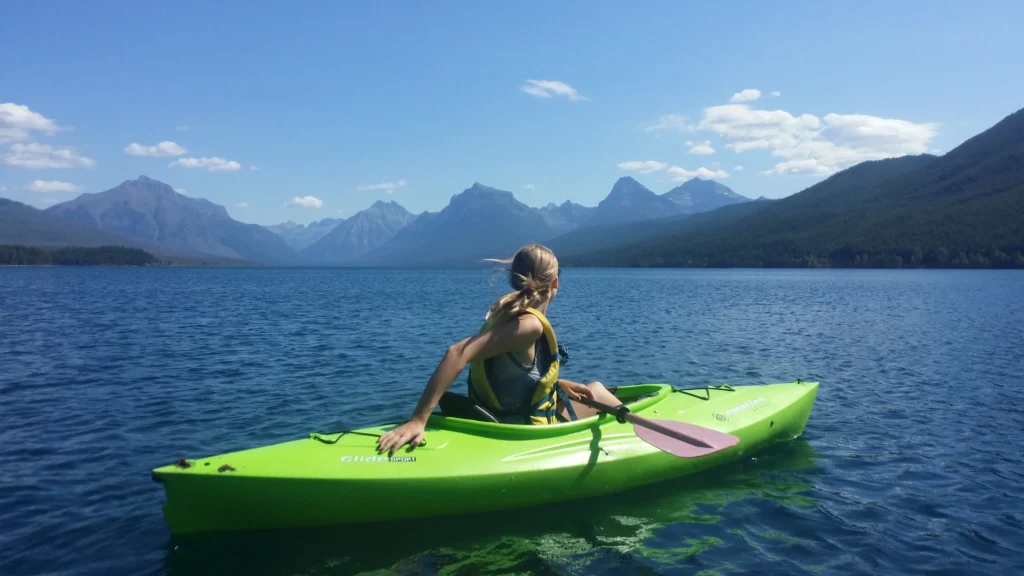
Weather Considerations
Mother Nature has a mind of her own, especially when you’re snoozing on the water.
Planning is Key:
- Check forecasts religiously: Before setting off, scrutinize weather reports for wind, rain, and temperature changes. Choose sheltered coves or bays for extra protection.
- Pack for all possibilities: A waterproof tarp offers quick refuge from sudden downpours. Pack warm layers for chilly nights and sun protection for sunny mornings.
Adapting on the Fly:
- Wind whispers: If a gentle breeze picks up, adjust your anchoring lines to compensate. Consider paddling to a more sheltered location if winds become strong.
- Rain dance: A drizzle is merely a lullaby. But for heavier showers, deploy your tarp over the cockpit for dry slumber.
- Sun salutations: Embrace the sunny mornings! Open up your kayak for maximum sun exposure and enjoy a breakfast with a view.
By monitoring the weather, packing smart, and adapting your sleeping arrangements when needed, you can turn even unpredictable conditions into part of your unique kayak camping adventure.
Pros and Cons of Kayak Sleeping
Before you trade your tent for a hull, let’s weigh the pros and cons of this unique adventure.
| Pros of Kayak Sleeping | Cons of Kayak Sleeping |
| Unparalleled Immersion in Nature | Limited Space |
| Wake up to breathtaking sunrises over glassy lakes or the rhythmic symphony of ocean waves. Witness the underwater world through your kayak’s hull, it’s like snorkeling from your bed! | Kayaks aren’t built for sprawling out. Expect a cozy, curled-up sleep, especially in smaller models. |
| Minimalist Adventure | Weather Dependence |
| Ditch the bulky camping gear and embrace a streamlined experience. A kayak, sleeping bag, and a few essentials are all you need. | Choppy water and sudden storms can turn your tranquil haven into a turbulent nightmare. Careful planning and choosing sheltered locations are crucial. |
| Access to Hidden Gems | Safety Considerations |
| Explore secluded coves and inlets inaccessible by land, discovering your own private slice of paradise. | Secure anchoring is essential. Additionally, navigating in the dark or dealing with wildlife encounters requires experience and preparation. |
When to Kayak Camp:
- Experienced paddlers: Comfortable handling your kayak in various conditions is key.
- Calm weather: Choose stable bodies of water with predictable forecasts.
- Solo adventure seekers: Embrace the solitude and challenge of self-reliance.
When to Skip It:
- Bad weather: Don’t risk your safety in rough conditions.
- Large groups: Kayaks aren’t built for group sleeping arrangements.
- Comfort-first campers: If spaciousness and amenities are your priority, stick to tents or cabins.
Ultimately, the decision to sleep in a kayak is a personal one. Weigh the pros and cons carefully, prioritize safety and comfort, and be prepared for an adventure that’s as unique as it is rewarding.
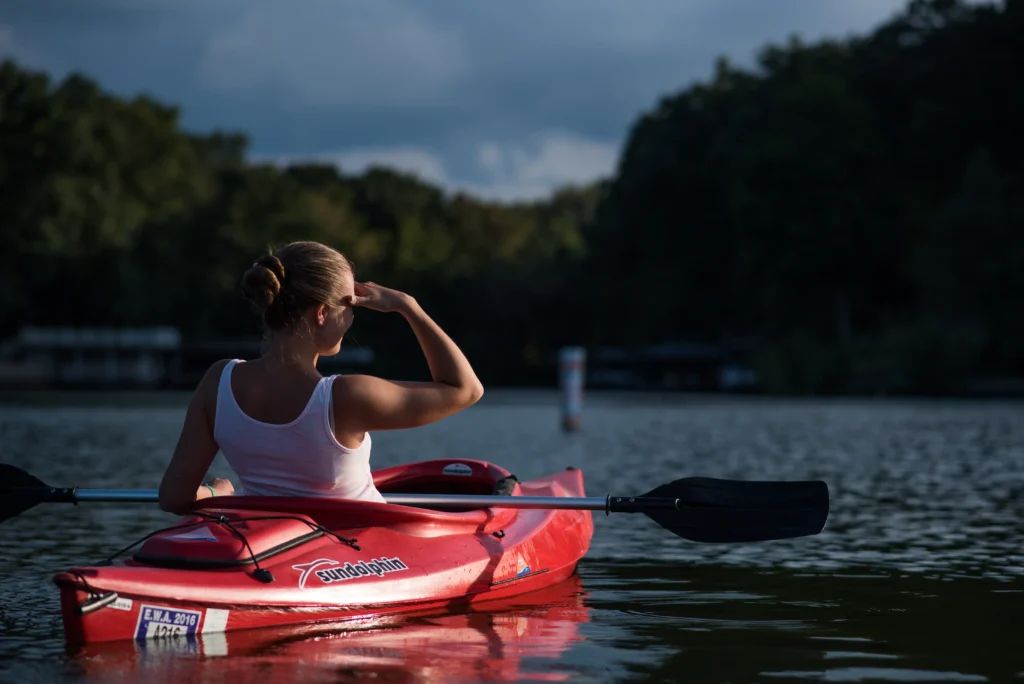
FAQs
Is Kayaking Relaxing?
Yes, kayaking can be very relaxing. It allows you to glide through water, enjoy nature, and disconnect from daily stress. It’s both a peaceful and rejuvenating activity.
Is it Safe to Sleep in a Canoe?
Sleeping in a canoe can be safe if done correctly. Ensure the canoe is securely anchored, in calm water, and always wear a life jacket for safety.
Is it OK to Sleep on a Boat?
Yes, it’s okay to sleep on a boat, provided it’s anchored securely and weather conditions are stable. Ensure safety measures are in place, especially on open water.
Can You Sleep in a Sea Kayak?
Sleeping in a sea kayak is possible but challenging due to limited space and exposure to elements. It requires careful planning, suitable weather conditions, and safety precautions.
Final Words
Sleeping in a kayak offers a unique, intimate connection with nature and a minimalist adventure, but it’s not without challenges. Limited space, weather dependence, and safety considerations are key factors.
It’s an experience suited for those who value simplicity and closeness to nature, and who are prepared for the physical and environmental demands it entails.

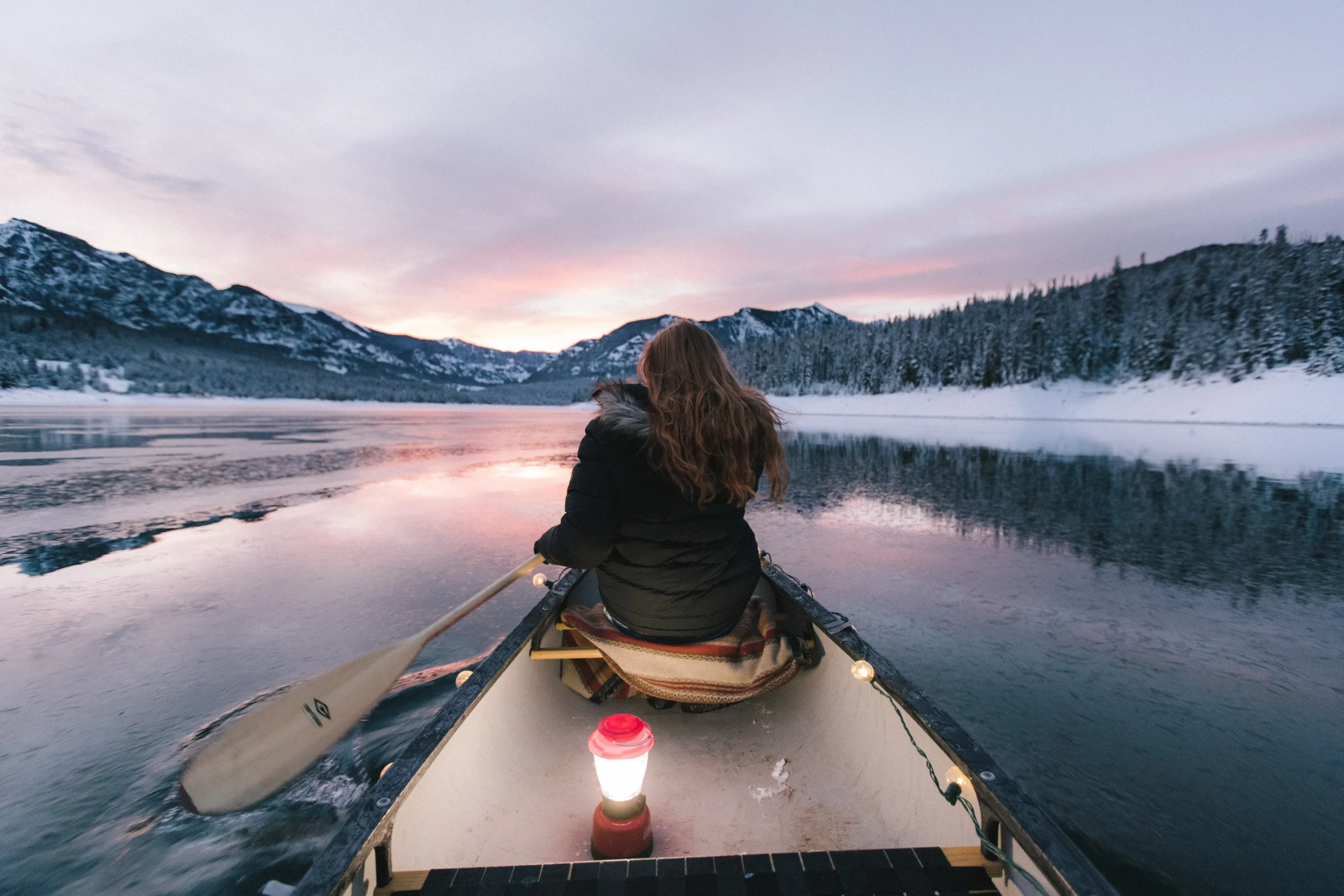
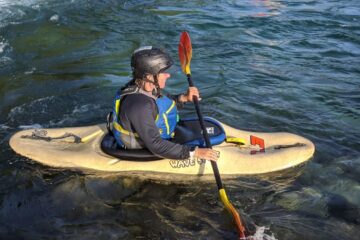
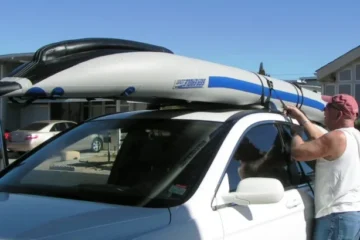
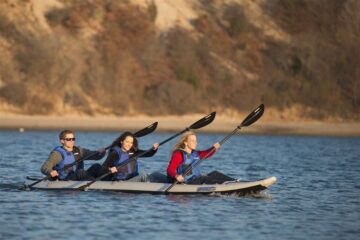
[…] you know kayakers use specialized techniques called bracing to maintain balance and prevent capsizing? Kayak bracing involves using your paddle […]